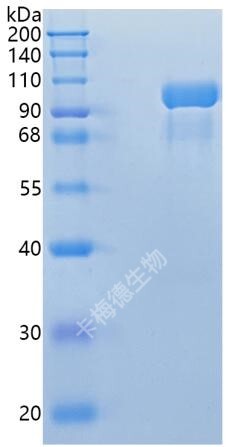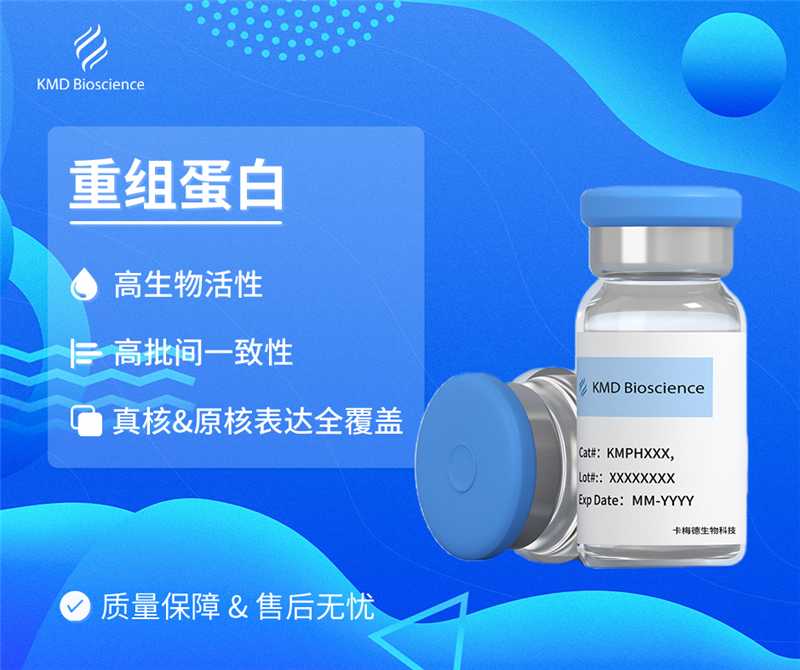| Background | Precursor of the catalytic component of the C3 and C5 convertase complexes, which are part of the complement pathway, a cascade of proteins that leads to phagocytosis and breakdown of pathogens and signaling that strengthens the adaptive immune system (PubMed:12878586, PubMed:17027507, PubMed:18204047, PubMed:39914456). Component C2 is part of the classical, lectin and GZMK complement systems (PubMed:12878586, PubMed:17027507, PubMed:18204047, PubMed:39914456). {ECO:0000269|PubMed:12878586, ECO:0000269|PubMed:17027507, ECO:0000269|PubMed:18204047, ECO:0000269|PubMed:39914456}.; [Serine protease complement C2b]: Catalytic component of the complement C3 and C5 convertase complexes (PubMed:12878586, PubMed:17027507, PubMed:18204047, PubMed:6906228). Following complement activation, recruited to the surface of pathogens by complement C4b opsonin to form the C3 convertase, or C3b and C4b opsonins to form the C5 convertase (PubMed:6611150, PubMed:6906228). As part of the C3 convertase, cleaves and activate C3 into C3a anaphylatoxin and C3b opsonin, the next components of the complement pathways (PubMed:14561755, PubMed:17027507). As part of the C5 convertase, cleaves and activate C5 into C5a anaphylatoxin and C5b component of the membrane attack complex (PubMed:12878586, PubMed:17027507, PubMed:18204047). {ECO:0000269|PubMed:12878586, ECO:0000269|PubMed:14561755, ECO:0000269|PubMed:17027507, ECO:0000269|PubMed:18204047, ECO:0000269|PubMed:6611150, ECO:0000269|PubMed:6906228}. |













 0
0
